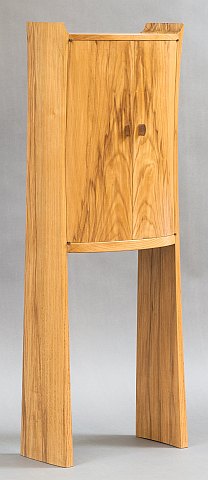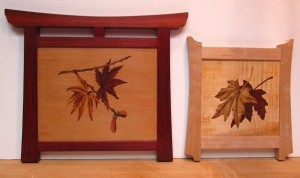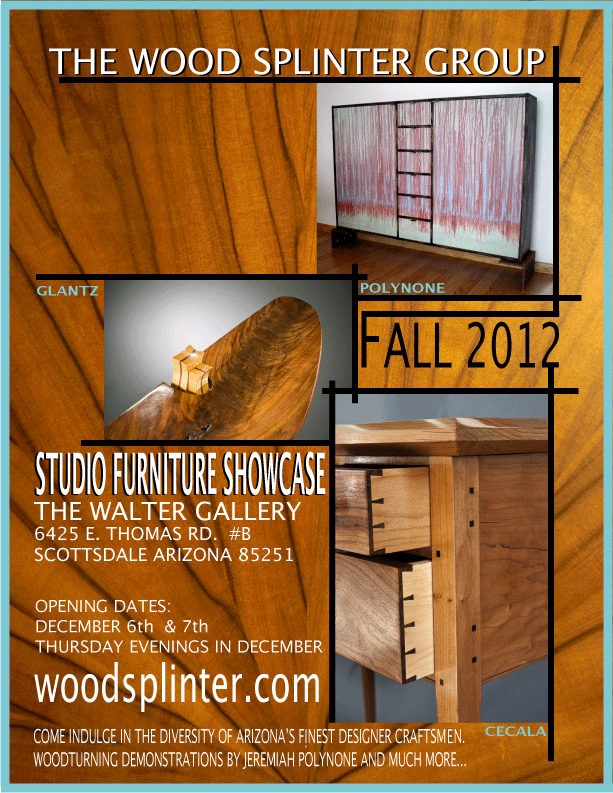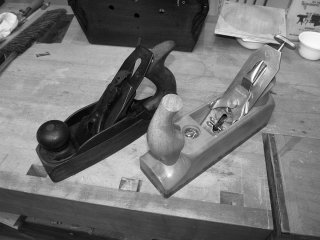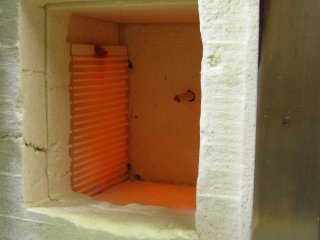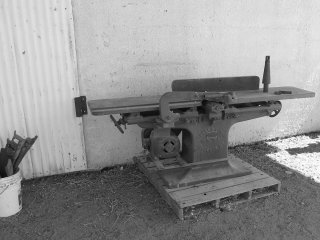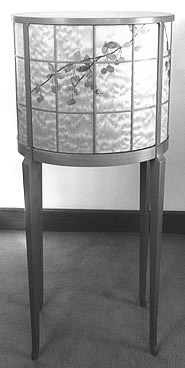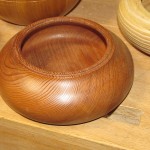In May 2014 a group of woodworkers from New Zealand and Australia traveled to the North America to visit woodworkers and tour woodworking-related sites in the US and Canada. The trip was organized by my old CR classmate, John Shaw, who is a principal at the Centre For Fine Woodworking in Nelson, NZ. His five companions have been either students or teachers (or both!) at the school. They are Lachlan Park (Aus), Ben Percy (Aus), Katalin Sallai (Aus), Ian Gillespie (NZ) and Pat Oughton (NZ).
After arriving in San Francisco, the group rented a van and drove through Yosemite NP, Death Valley NP, Las Vegas and Grand Canyon NP before arriving here in Scottsdale/Phoenix. While here we visited Taliesin West, Bob Howard at the St. James Bay Tool Co., the Heard Museum, furniture makers Doug and Rhonda Forsha of De La Madera, and more. From here the group flew over to Philadelphia, with me in tow.
In Pennsylvania we based out of Oxford, PA, an hour west of Philly. World famous Hearne Hardwoods is located in Oxford, and Brian Hearne (one of the family owners) was a student at the school in NZ several years ago. Hearne Hardwoods specializes in large, flitch-sawn lumber that is often highly figured. Brian and his father Rick buy logs from around the world, as well as locally, and ship them to the yard where eventually they are opened on the big (67″?) bandsaw, a chain mill capable of cuts up to 9′ in width, or a WoodMizer bandmill. It’s an incredible place. We had the pleasure of serving as the sawmill crew for one day, on the big saw, slicing up a maple burl, a couple of Tasmanian blackwood logs, a big English walnut and even bigger Black walnut log. (see images below)
While in Oxford we took day trips to visit the Nakashima workshop, in New Hope, PA, where Mira Nakashima graciously gave us a tour, and the Wharton Esherick home/studio in Paoli, PA. To anyone spendingt ime in the Philadelphia area, I highly recommend visiting all of these incredible places – Hearne’s, Nakashima’s and Esherick’s.
After a visit to the Center for Art in Wood, in Philly, to view the Bartram’s Boxes Remix exhibition, I took my leave from the group and returned home to Phoenix. They spent several more days in Oxford before setting out on the road to visit Falling Water, Frank Loyd Wright’s masterpiece in eastern PA; Certainly Wood, the veneer supplier in Buffalo, NY; Niagara Falls; Michael Fortune, the well known Canadian furniture maker and teacher near Toronto; Lee Valley Tools in Ottawa; and Peter Korn’s Center For Furniture Craftsmanship in Maine. After that they spent some time in New York City before flying back to San Francisco. There they took a couple of days to visit the College of the Redwoods (our alma mater), up the coast in Ft. Bragg, CA, before flying back home to NZ and Australia.

